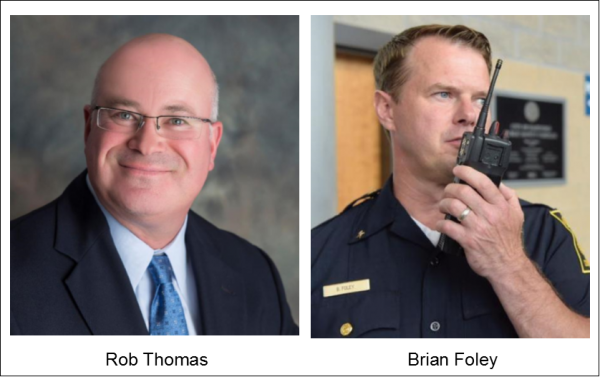Nuclear Attack on NYC Could Impact CT, Report Suggests
/The illustration in a recent edition of New York magazine has drawn some attention in Connecticut. Accompanying an article describing the anticipated aftermath in the tri-state region of a nuclear attack on New York City, the potential path of nuclear fall-out was shown to extend through Connecticut towns including Greenwich, Stamford, Wilton and others, reaching as far north as the town of Monroe. Within two hours of an attack on Times Square, the article described, a plume of radioactive fallout would “unfurl 60 miles beyond the city, lingering for weeks, contaminating food and water supplies.”
The article explains that “In the hours and days after a nuclear blast, a massive plume of fallout would unfurl past the city’s borders and up the Eastern Seaboard, scattering radioactive dust on everything in its path: people, homes, farms, animals, forests, rivers. The most radioactive region of the plume would reach its full length of 20 miles an hour after the explosion, exposing every unsheltered person in the area to toxic levels of radiation; if it were to spread north from Times Square, it would reach as far as New Rochelle. Within a day, this danger zone would shrink to about a mile in length. Within a week, it would have dissipated completely.
A much bigger but less radioactive region of the plume, called the hot zone, would reach its maximum length of 60 miles — extending, say, as far north as Monroe, Connecticut — two hours after the explosion. A week later, the hot zone would still extend 20 miles from the city, and it would take many more weeks for it to disappear altogether. Although radioactivity in the hot zone would likely be too weak to cause any acute symptoms of radiation sickness, it could still subtly damage the human body and increase the chance of cancer.
How far and in what direction a plume of fallout travels depends on the altitude of the mushroom cloud, as well as temperature, wind, and other meteorological variables. Within an hour of an explosion, FEMA’s Interagency Modeling and Atmospheric Assessment Center would begin to track the plume’s movement, providing updates and projections to federal, state, and local authorities. They would use the information to evacuate people in the opposite direction of the plume and warn people in the plume’s path to seek shelter and avoid consuming any exposed water or food.”
Nearly a decade ago, a New York Times story on the subject included this: Suppose the unthinkable happened…Do not flee. Get inside any stable building and don’t come out till officials say it’s safe.” That advice, the Times indicated, was “based on recent scientific analyses showing that a nuclear attack is much more survivable if you immediately shield yourself from the lethal radiation that follows a blast, a simple tactic seen as saving hundreds of thousands of lives. Even staying in a car, the studies show, would reduce casualties by more than 50 percent; hunkering down in a basement would be better by far.”
“We have to get past the mental block that says it’s too terrible to think about,” W. Craig Fugate, administrator of the Federal Emergency Management Agency at the time, told the Times. “We have to be ready to deal with it” and help people learn how to “best protect themselves.”
Connecticut's state website focuses on nuclear preparedness related to an emergency at a nuclear power plant in the state. The Department of Emergency Management and Homeland Security site indicates "While the Dominion Energy- Millstone Station in Waterford is the main focus of emergency planning in Connecticut, the fuel storage site at the former Connecticut Yankee site in Haddam, CT and the Indian Point nuclear power plant in Buchanan, New York, are also included in Connecticut's radiological emergency preparedness and response program."
Communities near those sites are linked, and a calendar of upcoming training is provided. The United Way also provides information related to evacuation and taking shelter on the agency's website. New Haven conducted an exercise of their host community reception center to prepare for the unlikely event of a nuclear release at the Millstone power plant in 2015; video here: https://www.fema.gov/media-library/assets/videos/109671
(New York magazine illustration)


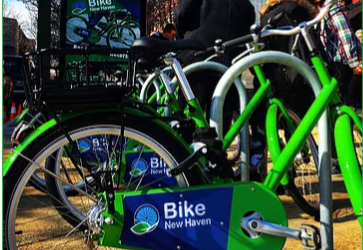 The ranking saw Davis and Berkeley California named the safest cities for bicyclists, followed by Boulder, Colorado; Eugene, Oregon; Palo Alto, Chico, and Mountain View, California; Fort Collins, Colorado; Santa Barbara, California, and New Haven. Minneapolis ranked number 12.
The ranking saw Davis and Berkeley California named the safest cities for bicyclists, followed by Boulder, Colorado; Eugene, Oregon; Palo Alto, Chico, and Mountain View, California; Fort Collins, Colorado; Santa Barbara, California, and New Haven. Minneapolis ranked number 12.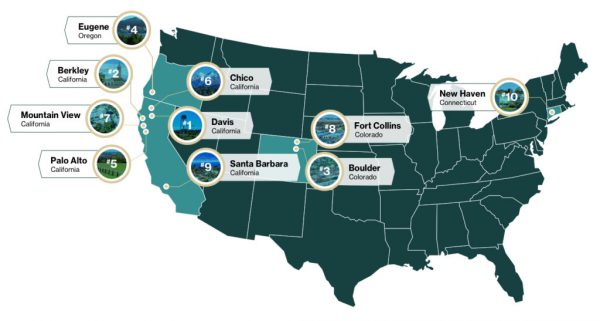
 The purpose of the pilot program, according to OPM, is to encourage and allow for the testing of fully autonomous vehicles (FAV) on local highways in Connecticut. The goal for the pilot program is to allow a variety of FAV testing to occur in four municipalities throughout the state, bringing Connecticut to the forefront of the innovative and burgeoning autonomous vehicle industry.
The purpose of the pilot program, according to OPM, is to encourage and allow for the testing of fully autonomous vehicles (FAV) on local highways in Connecticut. The goal for the pilot program is to allow a variety of FAV testing to occur in four municipalities throughout the state, bringing Connecticut to the forefront of the innovative and burgeoning autonomous vehicle industry.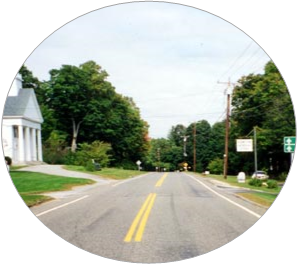
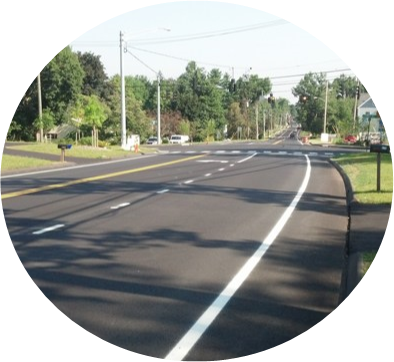 The state law outlines a framework of the minimum requirements to be included in agreements between municipalities and autonomous vehicle testers approved for participating in the Fully Autonomous Vehicle Testing Pilot Program (FAVTPP). The Connecticut law, according to the
The state law outlines a framework of the minimum requirements to be included in agreements between municipalities and autonomous vehicle testers approved for participating in the Fully Autonomous Vehicle Testing Pilot Program (FAVTPP). The Connecticut law, according to the  3 Seconds Behind the Wheel, which debuts on Connecticut Public on Thursday evening, is a new
3 Seconds Behind the Wheel, which debuts on Connecticut Public on Thursday evening, is a new  The film also gives audiences a firsthand look at emerging technologies that could one day offer solutions to rising crash statistics. The documentary follows researchers at Google who are using driving simulators to develop next-generation in-car infotainment systems, and explores how one Swedish company is experimenting with technology that could one day allow cars to understand human feelings and make driving decisions based on individual needs.
The film also gives audiences a firsthand look at emerging technologies that could one day offer solutions to rising crash statistics. The documentary follows researchers at Google who are using driving simulators to develop next-generation in-car infotainment systems, and explores how one Swedish company is experimenting with technology that could one day allow cars to understand human feelings and make driving decisions based on individual needs.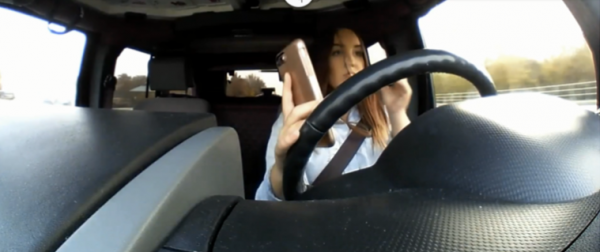


 The survey found that 38 percent of students whose grades were mostly A’s texted or e-mailed while driving a car on at least one occasion in the 30 days prior to the survey. The percentage was slightly less among students with lower grades: 31% of students with mostly B’s, 30% of students with mostly C’s and 23% of students with mostly D’s and F’s.
The survey found that 38 percent of students whose grades were mostly A’s texted or e-mailed while driving a car on at least one occasion in the 30 days prior to the survey. The percentage was slightly less among students with lower grades: 31% of students with mostly B’s, 30% of students with mostly C’s and 23% of students with mostly D’s and F’s. The ranking does not capture the full extent of deprivations or hardships affecting children. Instead, it focuses on some key rights, or “guarantees” of childhood: life, healthy growth and development, education and protection from harm. If a child experiences all of these, his/her childhood is considered to be “intact.”
The ranking does not capture the full extent of deprivations or hardships affecting children. Instead, it focuses on some key rights, or “guarantees” of childhood: life, healthy growth and development, education and protection from harm. If a child experiences all of these, his/her childhood is considered to be “intact.”
 The report notes that “While children are only 20 percent of the population, they are 100 percent of America’s future.” Save the Children’s ranking reveals children in New Jersey, Massachusetts, Vermont and New Hampshire are far more likely to experience safe, secure and healthy childhoods than children in Louisiana, Mississippi, Oklahoma and New Mexico.
The report notes that “While children are only 20 percent of the population, they are 100 percent of America’s future.” Save the Children’s ranking reveals children in New Jersey, Massachusetts, Vermont and New Hampshire are far more likely to experience safe, secure and healthy childhoods than children in Louisiana, Mississippi, Oklahoma and New Mexico.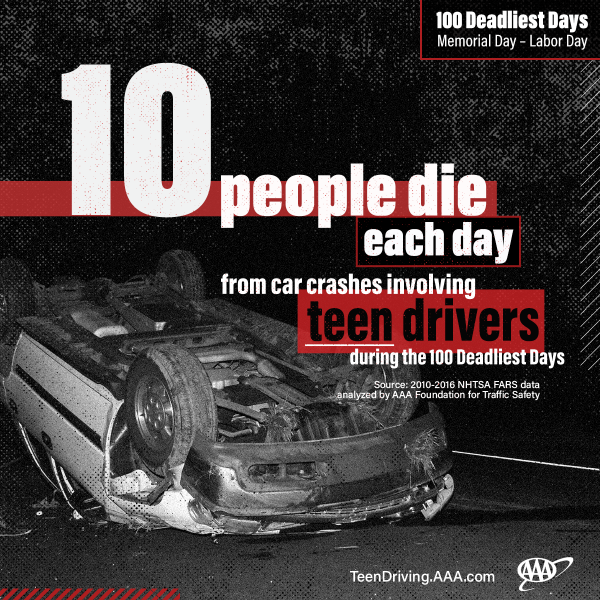
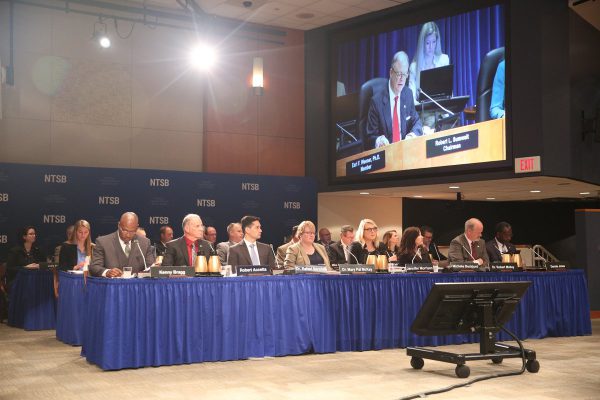
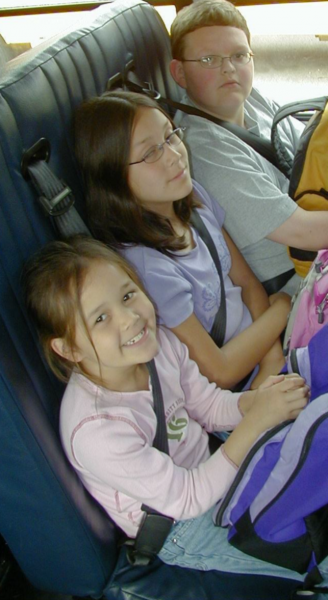
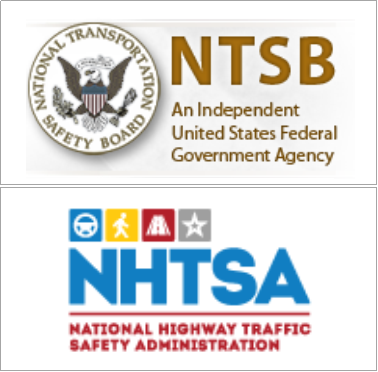


 “We understand, by all accounts, many of them may be using products that closely resemble a USB flash drive, have high levels of nicotine and emissions that are hard to see. These characteristics may facilitate youth use, by making the products more attractive to children and teens. These products are also more difficult for parents and teachers to recognize or detect. Several of these products fall under the JUUL brand, but other brands, such as myblu and KandyPens, that have similar characteristics are emerging.”
“We understand, by all accounts, many of them may be using products that closely resemble a USB flash drive, have high levels of nicotine and emissions that are hard to see. These characteristics may facilitate youth use, by making the products more attractive to children and teens. These products are also more difficult for parents and teachers to recognize or detect. Several of these products fall under the JUUL brand, but other brands, such as myblu and KandyPens, that have similar characteristics are emerging.”
 The Summit will feature nearly a dozen sessions and speakers, many from local businesses, highlighting best practices and latest developments in a range of technology arenas.
The Summit will feature nearly a dozen sessions and speakers, many from local businesses, highlighting best practices and latest developments in a range of technology arenas.